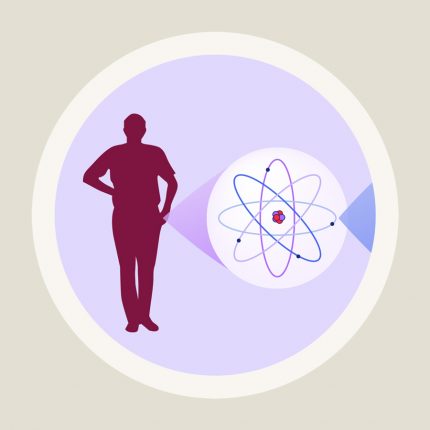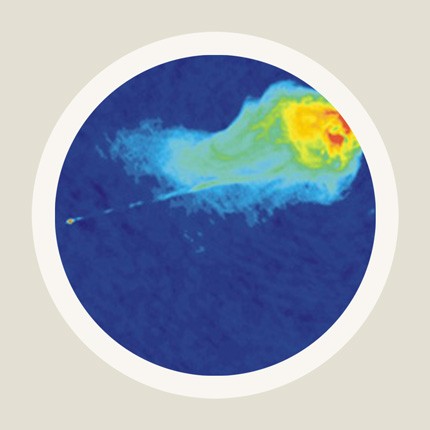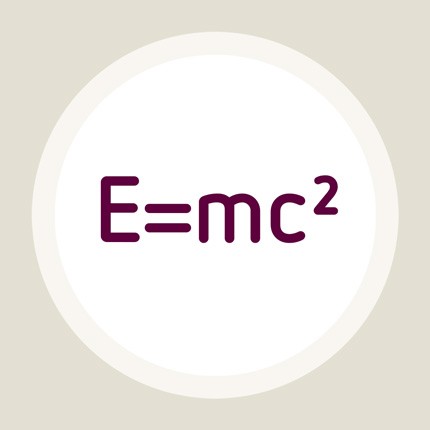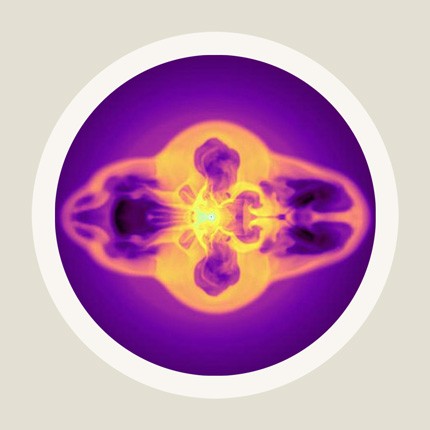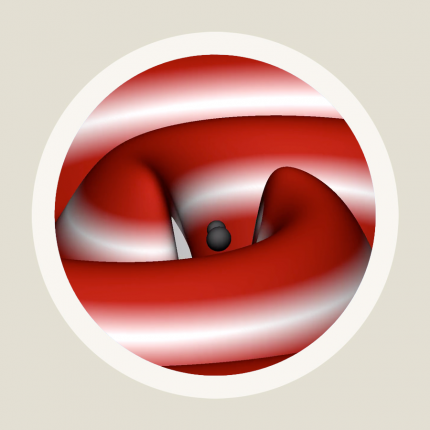Relativity and the Quantum / Elementary Tour part 3: The need for quantum gravity
So far in the pages of Elementary Einstein, we have encountered two examples in which the limits of general relativity were reached. Both cases involved space-time-singularities. The first example lurked in the interior of a black hole. As briefly described ...
Relativity and the Quantum / Elementary Tour part 2: Evaporating black holes?
Can the concepts of relativistic quantum field theory be carried over to curved spacetimes, which include gravitational sources and are described by general relativity? The answer is a cautious "yes". The most notable step in this direction was taken by the ...
Cosmology / Elementary Tour part 5: Dark matter and dark energy
While the predictive power of the big bang models is impressive, they also show us what we don't know about the universe. Not only about the distant past, as detailed on the previous page, but also about the present universe: If you look around, all material ...
Cosmology / Elementary Tour part 3: The early universe
An expanding universe, with the distances between galaxy increasing all the time, must have been much more dense, and the galaxies much closer together, in the past. The details follow from Einstein's equations which connect the way expansions runs its course ...
Black holes & Co. / Elementary tour part 3: Supermassive black holes
Soon after the beginning of radio astronomy came the discoveries of ever more variants of active galactic nuclei. An example is shown below: The image illustrates radio observations, showing a "radio galaxy" (the tiny dot in the center) which shoots beams ...
Special relativity / Elementary Tour part 6: E=mc²
Now that the new features of space and time are sufficiently explored, it's time to examine how this affects the way objects move, either freely or when influenced by forces. In other words: How does relativistic mechanics work? This question has led to the ...
Gravitational waves / Elementary tour part 3: Gravitational wave astronomy
Every single atom can radiate and absorb electromagnetic waves. The light reaching us from astronomical sources is a hodgepodge of little snippets of radiation, each snippet produced by one of the object's myriads of atoms. That's good news and bad news. ...
Gravitational waves / Elementary tour part 2: Making waves
In our universe, gravitational waves are produced in many different ways. Almost every occasion in which masses are accelerated leads to the generation of travelling space distortions, be it two heavenly bodies orbiting one another or stellar matter ...



